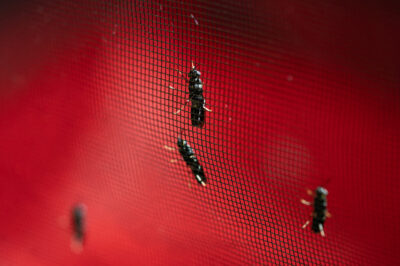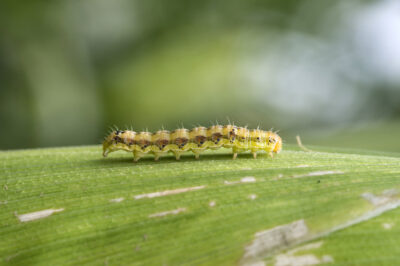Texas Integrated Pest Management Program
- Type
- Program
Overview
Contact
The Extension IPM program is operated in partnership with the Texas Pest Management Association, the Texas Department of Agriculture, Texas AgriLife Research, CSREES, USDA and the citizens of Texas. Research-based information provided by scientists in partnering agencies and Texas A&M AgriLife Extension Service scientists is extended to growers through County Extension Agents and Extension Specialists.
The Texas IPM Program operates 23 IPM units across the state. IPM units are composed of one to four county areas and each has an Extension Agent-IPM who supervises the program. Each IPM unit is a subunit of the statewide Texas Pest Management Association (TPMA). TPMA is a statewide producer organization whose purpose is to facilitate and expand the implementation of IPM. TPMA’s board of directors is composed of a grower from each IPM unit and a commodity group representative from major commodity organizations across the state. Each IPM unit has a crop monitoring function using scouts hired by TPMA and trained and supervised by Extension Agents-IPM. Participating growers are provided a weekly scouting report and assistance in making pest management decisions. Each Extension Agent-IPM also conducts on-farm demonstrations to demonstrate new technology to growers. Information is shared by personal contact, newsletters, radio reports, news articles, field days, county and multi-county meetings and written reports.
The program also has an Extension Agent-IPM for pecans who conducts demonstrations and informational program statewide and a regional Extension Program Specialist who specializes in greenhouse/nursery IPM in four east Texas counties.
More choices in Insecticides
- Program
The HORT Integrated Pest Management (IPM) program is designed for commercial nursery/floral crop producers.
- Course
This course serves as certification for health departments and municipalities. Topics covered include vector biology and ecology, resistance monitoring and surveillance and response.
- Service
Submit insect samples for identification to the experts in urban entomology.

- Program
The CEU Vector Education program is designed to educate personnel in cities and municipalities that are in the field of vector abatement or are working on setting up a vector management program.
- Program
This service provides training on how to scout for and identify insect, weed, and disease pests of cotton, and making pest management recommendations.


